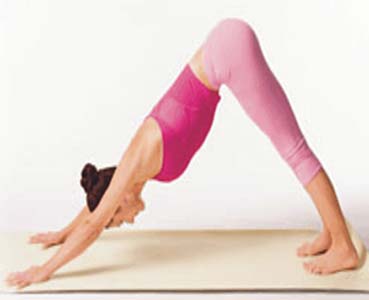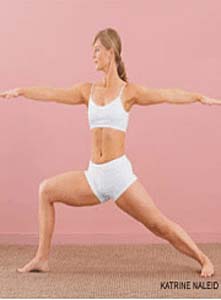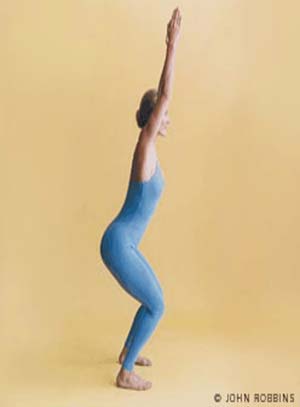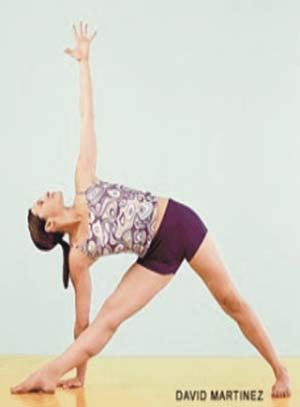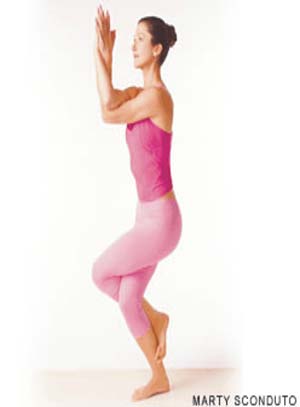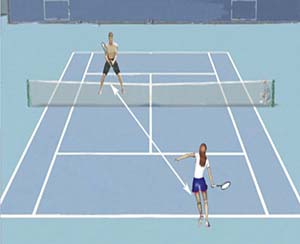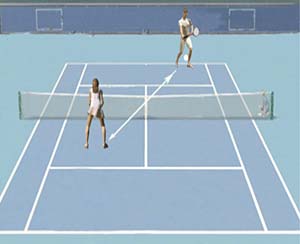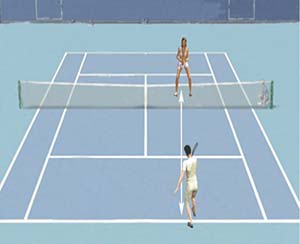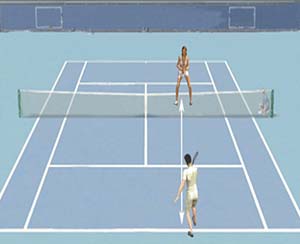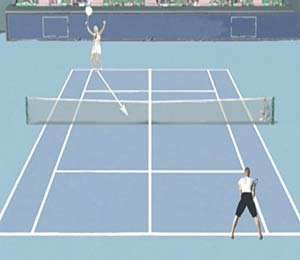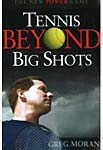| TennisOne Lessons "Failure to Prepare is Preparing to fail" Greg Moran Legendary basketball coach John Wooden used these words to inspire his UCLA Bruins teams to 10 national championships in the 60’s and 70’s. A master of preparation and focus, Wooden believed that basketball games were won and lost on the practice floor. I believe coach Wooden would have made one heck of a tennis coach. Serious doubles teams recognize the value of focused practice sessions towards their match preparation. At least once a week, you and your partner should walk onto the court with a specific plan and set of drills that will allow you to hit as many balls as possible and work on your various doubles skills. As you step onto the practice court, be sure to take a basket or several cans of balls to minimize pick-up time. Also, commit to having the same focus and intensity that you would if you were playing a tournament final. Chase down and hit every ball with energy and a purpose. Doubles Practice Routine Before you begin hitting, jump rope, do some jumping jacks, run in place, anything to break a light sweat followed by some light yoga stretching. Andrea Lankester, a certified yoga instructor in Wilton, Connecticut and a high level tennis player, suggests the following poses for an all-body stretch:
1. Mini-tennis, inside the service lines – 2 minutes Now that you’re fully warmed up you’re ready to pick up the pace and focus on some more doubles specific exercises starting with what I like to call: The Volley Games I’m a lucky guy in that my partner, on and off the tennis court, for over 30 years has been my wife Kelley. In addition to putting up with me for the past quarter century, Kelley is also a great tennis player and former national doubles champion. We began doing “the volley games” in college and thirty years later they’re still one of our favorite drills. The volley games are a series of eight, doubles oriented exercises. Here’s how we do it. We position ourselves as shown below.
In the first set-up, I’m at the net and Kelley is at the baseline. One of us feeds a ball to the other and we play out the point, using just half the court. Alleys count. When one of us reaches 11 points, the game is over. Kelley then comes to the net (on the same side of the court), I move to the baseline, and we play again. After the second game is completed, we move to set-up # 2 and again play two games to eleven, one with each of us at the net and the other at the baseline. Then we play two games from set-ups 3 and 4 as shown above. By the time we’ve gone through all eight games, Kelley and I will have had a great, doubles- oriented, workout. We’ve practiced our volleys, overheads, groundstrokes, and lobs. The “volley games” allow us to work on all of our doubles shots except the serve and return of serve which brings us to: One on One Doubles
Developed by Ed Krass, One on One Doubles (www.oneononedoubles.com) is a great way to work on your doubles skills, plus it’s a lot of fun. Here’s how it works. You and your partner play a match against each other (8 game set, 10 game set, or 2/3 sets) where you alternate points from the deuce court to the ad court. All points are played crosscourt with the alley included. Draw a line, or place a rope, through the middle of the court from the center service line to the middle of the baseline. The player serving must serve and volley on both first and second serves. Half-volleys are permitted. The returner can stay back or come into the net. This is a great drill which allows both you and your partner to hit all of the game's shots: The serve, return, first volley, half-volley, drop volley, lob, overhead and groundstrokes. Here are two more great practice games from two of the top pros in the business, Ken Dehart and Dr. Louie Capp. Doubles My Way “Most club players will play against the same players week after week and their games stagnate,” says Dehart. “This game will invigorate their weekly play. Each player gets to choose the rules for the next 4 games:
“Playing Doubles My Way,” says Ken, “will help your team experience new formations and styles of play that will keep those weekly games exciting and develop more options when league matches begin.” Dingles “Dingles (not singles, the “D” stands for doubles),” says Dr. Capp, is a great drill to help players improve their concentration skills as well as force them to be aggressive and come to the net to play the point out." Here’s how it works: Four players will begin to rally using two balls. They can rally either down the line or cross court. When one ball is missed either into the net, wide or long, one of the players immediately shouts “DINGLES” and everyone has to come to the net and play the point out. After predetermined number of points (let’s say 7) everyone makes clockwise rotation so all positions are covered. After your workout, cool down by walking around the court 2-3 times and then repeat the Yoga poses. Take this practice plan to the court and adjust the time to suit your needs. If, in your last match, you served great but your forehand gave you fits, spend additional time on your forehand and cut out the serving. Playing competitively is certainly a lot of fun but never forget that most matches are won and lost on the practice court. Sit down with your partner and develop a practice program that will allow you to work on all aspects of your doubles game. Commit to “practicing” at least once a week and watch your doubles game move to a whole new level! Your comments are welcome. Let us know what you think about Greg Moran's article by emailing us here at TennisOne.
Tennis Beyond Big Shots presents a bold back-to-the-future approach. A new game that moves away from power and big shots yet is more lethal to opponents than any booming serve. Greg Moran shows players of all ages and abilities that, with simple and small changes, you can not only maximize your tennis wins and play longer, but also have much more fun doing it. Click link to purchase Greg Moran's book, Tennis Beyond Big Shots. |
|||||||||||||||
